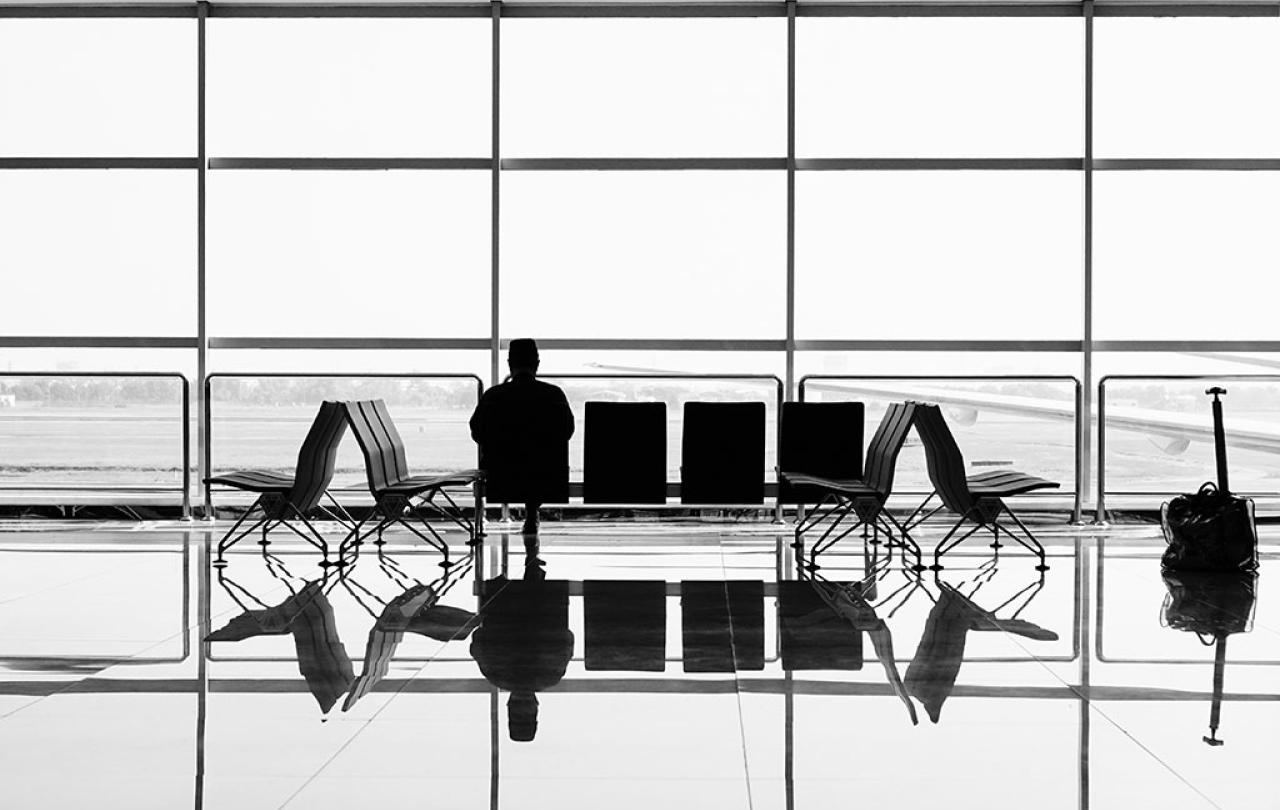
To better understand the events of Maundy Thursday, Good Friday, Holly Saturday and Easter Sunday, and the art works inspired by them, view and listen to these visual commentaries. Curated by The Visual Commentary on Scripture team of theologians and art historians, they give insights into the historical and contemporary cultural responses in art
The Visual Commentary on Scripture is a freely accessible online publication that provides theological commentary on the Bible in dialogue with works of art.
Maundy Thursday: a global feast
On Maundy Thursday, Christians remember the meal Jesus ate with his disciples known as The Last Supper. This film explores the textual and cultural traditions that inspired three works of art of the Last Supper. It discusses two fifteenth-century paintings, one by Ercole de' Roberti and the other by Leonardo da Vinci, and a 20th century print by Japanese artist Sadao Watanabe.
Find out how the cultural context of diverse communities around the world drives responses to The Last Supper - from high altar pieces with lock and key, to common dining experiences across the centuries.
Good Friday: hope in the darkness
Good Friday is a ‘culminating moment’ that ‘provides evidence of both human violence and cruelty, as well as of grace and human love and charity.’ This film focuses on the Crucifixion of Jesus which is remembered by Christians on Good Friday. It discussing the ‘feast of imagery that is the Altarpiece with Scenes from the Passion of Christ carved by an unknown artist from Antwerp in the early 16th century.
Holy Saturday: considering life and death
Holy Saturday considers the time spent in the tomb by Jesus. This film focuses on a type of religious image known by its German name, an ‘Andachtsbild’ (plural Andachtsbilder). These types of art works shows Christ in his suffering or death, extracted from a narrative context to form a highly focused, and often very emotionally powerful, focus of devotion.
Capturing moments before and after the crucifixion - of a scarred back, bruised knees, a mouth open for first breath, they compress ‘the spirit of a bigger story’ into single images that encourage empathy. Works carved or painted by the hands of Hans Leinberger, Juan de Valmaseda and Giovanni Belllini.
Easter Sunday: the loving look
On Easter Sunday, the Resurrection of Jesus is celebrated. In this film, VCS Director Ben Quash interviews filmmaker, playwright, author, and photographer Wim Wenders about his photograph 'The Road to Emmaus' (2000), where the risen Jesus is said to have met his disciples.
Wenders shares how he found and photographed The Road to Emmaus, capturing not only his favourite story – a ‘real road movie’ – but also creating his favourite image. The academy nominated director also explains why he loves to photograph places, and compares the ‘critical eye’ and the ‘loving eye’ that a documentary maker can use.

